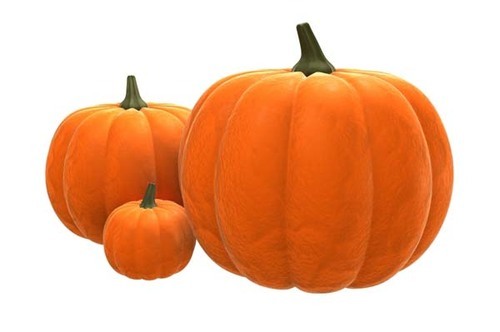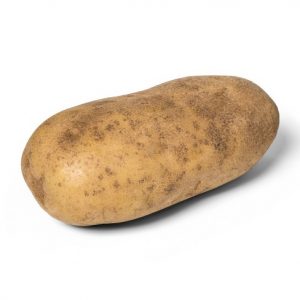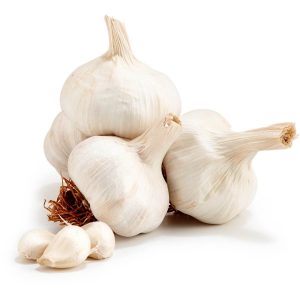
Pumpkin
Quick description:
Eating pumpkin is good for the heart. The fiber, potassium, and vitamin C content inpumpkin all support heart health. Studies suggest that consuming enough potassium may be almost as important as decreasing sodium intake for the treatment of hypertension, or high blood pressure.
- Highly Nutritious and Particularly Rich in Vitamin A. …
- High Antioxidant Content May Reduce Your Risk of Chronic Diseases. …
- Packs Vitamins That May Boost Immunity. …
- Vitamin A, Lutein and Zeaxanthin May Protect Your Eyesight. …
- Nutrient Density and Low Calorie Count May Promote Weight Loss.
Availability:
In Stock




